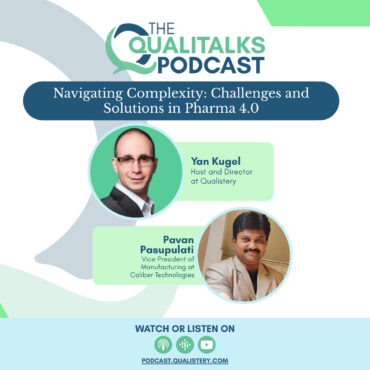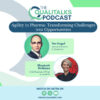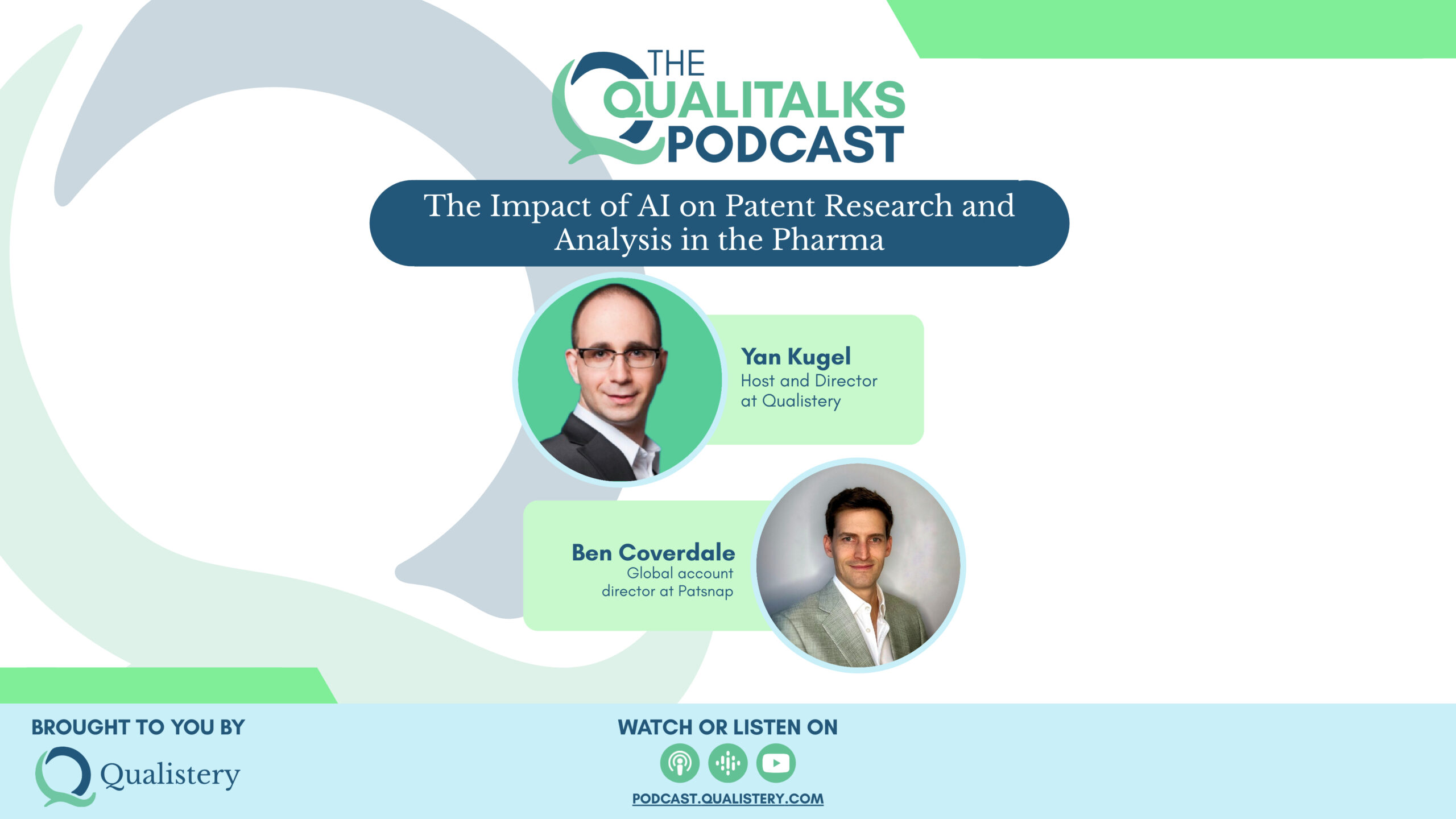
Navigating Complexity: Challenges and Solutions in Pharma 4.0 [Pavan Pasupulati]
Yan Kugel is joined by Pavan Pasupulati, the Vice President of Manufacturing Excellence at Caliber Technologies. Here, he shares valuable insights into the future of pharmaceutical manufacturing. With over 25 […]




